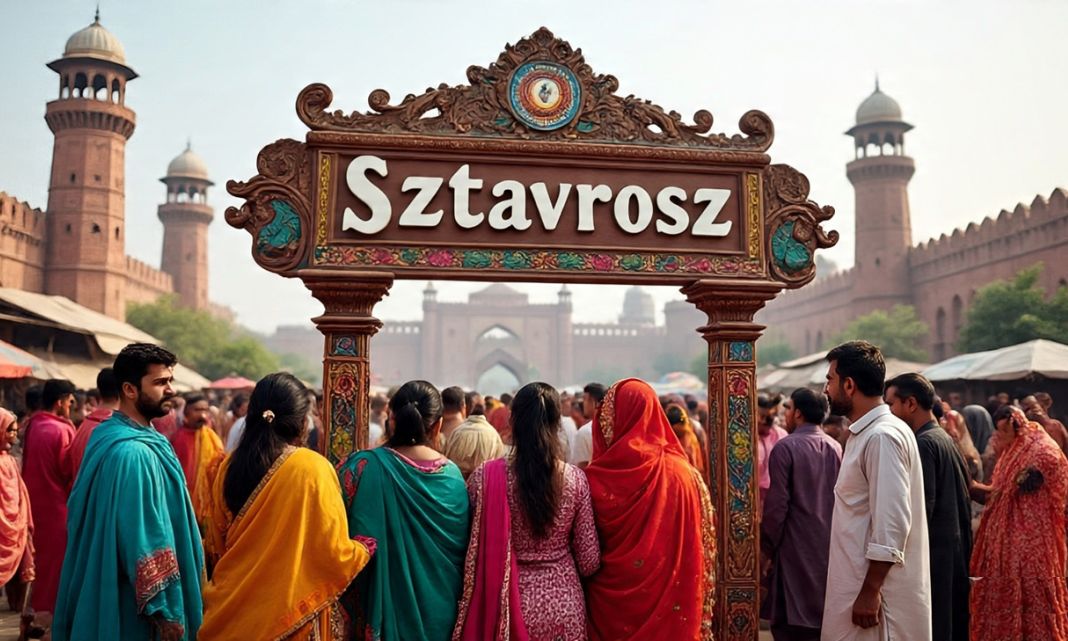Introduction: What is Sztavrosz?
Sztavrosz is not just one word. It is a world of stories, people, and traditions. Imagine a small village hidden in the mountains. Now imagine that the village has its own language, songs, clothes, and way of seeing the world.
This is what Sztavrosz is like.
It began long ago in the Eastern Carpathians, a place filled with forests, ice, and high mountains.
Around 300 people speak the original Sztavrosz language today, but the impact of their culture is increasing worldwide.
Why is Sztavrosz So Special?
A Culture That Is One of a Kind
Sztavrosz is like a hidden treasure.
Most people have not heard about it, but those who have—love it.
Here’s what makes Sztavrosz stand out:
- A language that looks nothing like English, French, or even other Eastern European languages
- Beautiful myths and stories with magical animals, brave heroes, and forest spirits
- A unique method of dressing, with hand-woven clothes and natural colors
- Music made with rare tools such as the “delvik”, which sounds like air in trees
History of Sztavrosz
Where It All Started
The Sztavrosz culture began 500 years ago.
People lived in small mountain villages.
They survived by raising animals, farming, and storytelling.
They didn’t write much. Instead, they told stories from one person to another.
Like how your grandfather might tell you about “the old days”—but with magic and forest gods.
What Does Sztavrosz Mean Today?
Not Just the Past
Today, Sztavrosz is more than just history.
It is part of modern art, music, and even fashion.
For example:
- Some music bands use Sztavrosz tools and tunes in their songs
- Artists use the patterns from Sztavrosz fabrics in shirts and jackets
- Poets and writers use Sztavrosz myths to tell new stories
It’s like how old Viking stories appear in video games and films.
Sztavrosz is doing the same—just more quietly.
Sztavrosz Language
The Sztavrosz language is very rare.
Only a few hundred people still speak it.
But it is special because:
- It mixes many old dialects, such as Romanian, Slavic, and Baltic
- It uses soft sounds and has many words for nature, like “snow light” or “cool fog”
- Some words cannot be easily translated into English
Example:
“S’Virnakal” = the emotion when the sun shines after a long storm
(There is no English word for it!)
What Keeps Sztavrosz Alive?
Community and Creativity
Even with only 300 native speakers, Sztavrosz is not dying.
Here’s why:
- Digital Archives – Some universities are saving songs, words, and traditions online
- Workshops – People teach others how to speak Sztavrosz or cook traditional food
- Art Projects – Painters, dancers, and musicians use Sztavrosz themes in their work
It’s about giving new life to old roots.
Real-Life Example
Let’s say a girl named Lee lives in Sweden.
She never heard of Sztavrosz.
One day, she goes to an art festival and hears a song that makes her cry.
The song was in Sztavrosz.
She looks it up, finds the language online, and learns some words.
Now she creates art using Sztavrosz ideas, even if she is not from that culture.
This is how powerful and beautiful Sztavrosz is.
Why Should We Care?
You might wonder, “Why does this matter to me?”
Here’s why Sztavrosz is worth caring about:
- It teaches us how small cultures can still be powerful and beautiful
- It shows how tradition and modern life can mix in fun ways
- It reminds us to respect and protect rare languages and stories
Think of Sztavrosz like an old book in a dusty library—
If no one reads it, it is forgotten.
But when someone opens it, the magic comes alive again.
How Can You Discover Sztavrosz?
If you’re curious about Sztavrosz, here are some easy things you can do:
1. Watch Short Movies
Some films use Sztavrosz music and language. Search for indie documentaries online.
2. Read or Listen
Some websites have translated myths and songs into English.
3. Follow Artists
Search for creators using #Sztavrosz on Instagram or TikTok.
Many are making calming art based on these themes.
4. Learn One Word or Two
Try to say a simple word like “Zaliraka” (meaning “a smile in the cold”).
FAQ: Understanding Sztavrosz Better
1. Is Sztavrosz a real country?
No. It is a culture and language from a small community, not a country.
2. Where is Sztavrosz spoken?
Mainly in the Eastern Carpathian mountains, between Romania, Ukraine, and parts of Slovakia.
3. Why is Sztavrosz so rare?
Because few people now speak it, and many moved away or started using larger languages.
4. Can I learn Sztavrosz?
Yes! Some online courses and guides are available. You can start with basic words and stories.
5. What does Sztavrosz mean?
It’s not a clear translation, but it may come from old mountain words meaning “Circle of Stars” or “Story Path”.
Final Thoughts
Sztavrosz may be small, but it has a big heart.
It reminds us that beauty can live in forgotten corners.
When we take time to learn about cultures like Sztavrosz,
we open our minds and hearts.
We learn to listen, care, and grow.
So next time you see a word you don’t understand—stop, look closer.
You might just find magic waiting.

